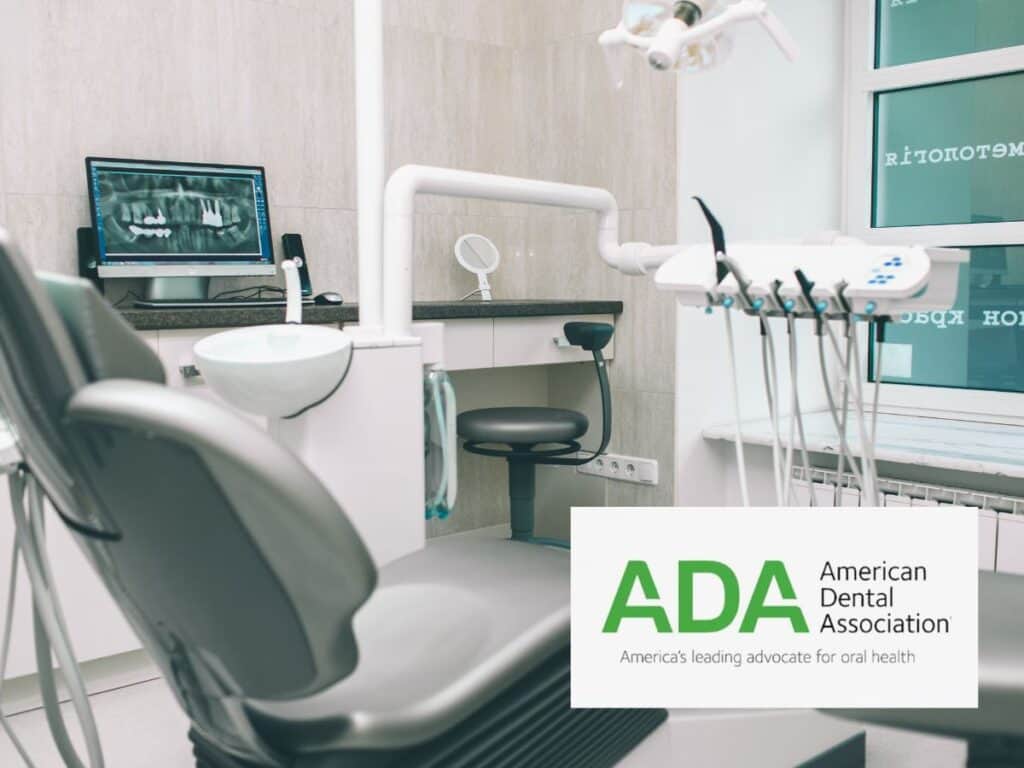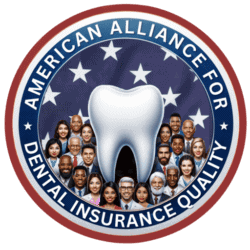Value-based care (VBC) is the new dental insurance buzzword – an attractive label. But looking past the surface, it is essentially capitation – just relabeled.
Capitation has had a long failed history in health care, and relabeling it does not solve its design flaws. In essence, VBC (capitation) is a payment system in which dentists receive a set amount per member-per month (PMPM), regardless of the treatment amount provided by the dentist. VBC is viable if patients don’t need much treatment (because they carefully follow prevention advice) – a “perfect patient” model. But what happens to imperfect, non-cooperative patients, or hockey players, etc? Can they be treated under a VBC model?

This VBC (capitation) model is similar to an all-inclusive vacation, where one price covers everything at a luxury resort. It is expensive, but vacationers choose it so they can be financially carefree as they get the all-you-can-eat, best-of-the-best food, amenities, and accommodations. Vacationers get treated well in this high-cost, all-inclusive deal.
Unlike the resort model, the all-inclusive model of value-based dental care is not expensive. It is designed to be a low-cost, all-inclusive package – that saves insurers money (not patients). The increased value goes to the insurer – not the patient. Patients are not treated like they would be at an all-inclusive resort – patients are frustrated with the oral equivalent of gross meals, an algae-green pool, and a smelly hotel room. While insurers gain value, patients lose value.
History of Capitation – What’s changed?
The capitation scheme is not new to dentistry. In the 1990’s insurers marketed capitation well and it took off until it was nearly abandoned by the year 2000. Since then, capitation has existed in the insurance shadows, with very few participating dentists, and the majority of dentists repulsed by its bad reputation.
Enter Value-Based Care, which remarkets the same 1990’s model under a different label – it still controls costs by an all-inclusive budget approach that theoretically reduces unnecessary treatments and encourages preventive care. Insurers still want it, but should dentists and patients give it another chance?
The objective questions are: Why would relabeled capitation (VBC) work now? What has changed?
As in the late 1990’s, dentists and patients still want quality restorative and preventive care – so that has not changed.
The low-cost, all-inclusive capitation scheme still relies on “perfect patients,” who follow the advice of their “conservative- treatment” dentist – so that has not changed either.
“Fix it before it gets worse” is replaced with “it’s not that bad” approach to diagnosis and treatment – that has not changed.
Dentists are incentivized to under-diagnose and under-treat, leading to long-term dental health problems – that has not changed.
In fact, the American Dental Association (ADA) learned a lesson from the 1990s and created a permanent organizational policy against Capitation plans (however, it might be relabeled).
ADA policies on capitation
The American Dental Association (ADA) has recognized the potential pitfalls of capitation and has taken a clear stance against it as the primary model for dental care. The ADA Current Policy states:
Statement on Capitation Dental Benefit Programs(Excerpted) (Trans. 2013:303)
Inherent design limitations in capitation dental benefit programs make it incumbent upon the American Dental Association to provide the following recommendations to group benefit purchasers considering such programs:
1. Capitation dental benefit programs should be offered only as an additional alternative to a benefit program which does not restrict the subscriber’s opportunity to receive treatment from the dentist of their choice on a fee-for-service basis.
2. The scope of services covered in the freedom of choice and capitation programs should be equal.
3. Each employee (or group member) should be provided comprehensive, unbiased information about the programs being offered and should be given a reasonable opportunity to select the program which the employee believes best suits their needs, as well as periodic opportunities thereafter to choose to continue enrollment in the program of the employee’s initial selection or to enroll in a different program.
4. All dentists willing to abide by the terms of the capitation program’s provider contract should be eligible to participate in the program.
5. There should be no automatic enrollment in capitation dental benefit programs.
6. A system of monitoring the dental needs and treatment provided under a capitation dental benefit program should be required of the administrator by the group purchaser. In this regard, the dental needs and procedures performed should be reported, not merely on an aggregate, but on an individual patient basis.
7. All services provided by specialists should be separately reported on both an aggregate and individual patient basis.
8. Patients treated under a capitation dental benefit program should be provided in writing a list of their overall dental needs and the dental procedures rendered at each treatment visit.
9. Questions regarding the quality, appropriateness or thoroughness of treatment provided under capitation dental benefit programs should be resolved through the peer review system of the appropriate dental society.
Push to subvert ADA policy
The ADA’s stance against capitation rightly promotes oral health care over insurer savings – but insurance companies have cleverly reintroduced the model through subversive tactics.
This subversive influence is seen most clearly in the ADA’s own Dental Quality Alliance (DQA), a 2009 group that was originally created at the request of the Centers for Medicare and Medicaid Services (CMS) to be “used by states for the purpose of improving the delivery of oral health and the development of quality measures.” Instead, the ADA’s DQA has become a platform for promoting VBC.
Capitation is back – the ADA has an organizational policy against it – yet ADA is being subverted from within.
Exposing this ADA-DQA subversive Capitation influence will be the topic of our next article.
